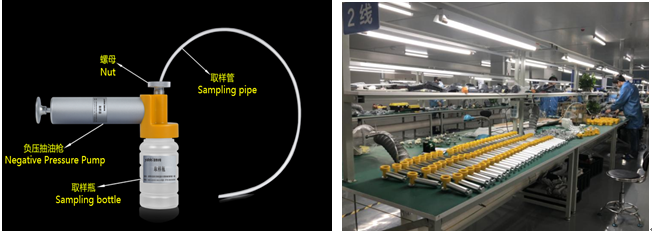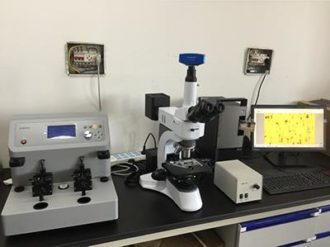To perform oil analysis, the following steps are typically involved:
- Sampling: Oil samples are collected from the equipment using specialized sampling tools. It is important to follow proper sampling procedures to ensure representative and contamination-free samples. Samples may be collected from specific drain points or through dedicated sampling ports, depending on the equipment.
- Sample labeling and documentation: Each sample should be properly labeled with relevant information such as equipment identification, location, date, and time of sampling. This helps in tracking and comparing analysis results over time.
- Sample preparation: Once collected, the samples are allowed to settle to eliminate any air bubbles or suspended particles. If needed, the sample may be filtered to remove large impurities or debris.
- Laboratory analysis: The prepared samples are then sent to a specialized oil analysis laboratory. The laboratory performs various tests and analyses to evaluate the oil’s condition and identify any potential issues. The specific tests conducted can vary depending on the equipment and oil type but may include viscosity measurement, acid number determination, elemental analysis (for wear metals and contaminants), spectrometric analysis, particle counting, or infrared analysis.
- Data interpretation: The laboratory generates analysis reports based on the test results. These reports provide information on the oil’s quality, contamination levels, wear debris, and any abnormal conditions detected. Trained professionals interpret the data and provide recommendations or suggestions for maintenance or corrective actions.
- Action and follow-up: Based on the analysis report and recommendations, the equipment owner or maintenance personnel can take appropriate actions. This may include changing the oil, adding additives, improving filtration, investigating potential issues, or planning for further maintenance tasks. Regular follow-up oil analysis is recommended to track changes and ensure the effectiveness of any actions taken.
It’s worth noting that oil analysis can be performed either in-house, where the organization has the necessary equipment and expertise, or outsourced to specialized oil analysis service providers or laboratories.


